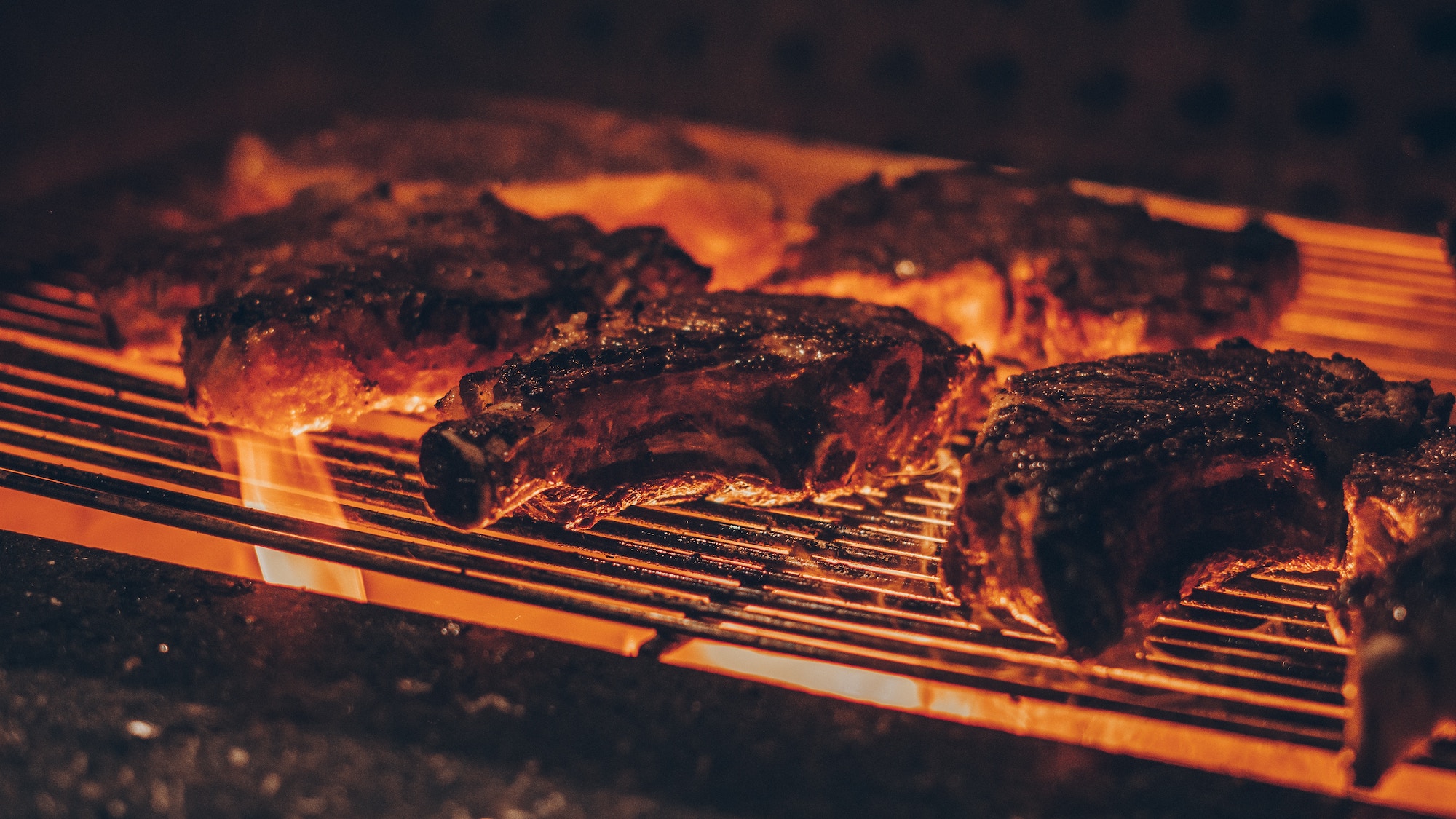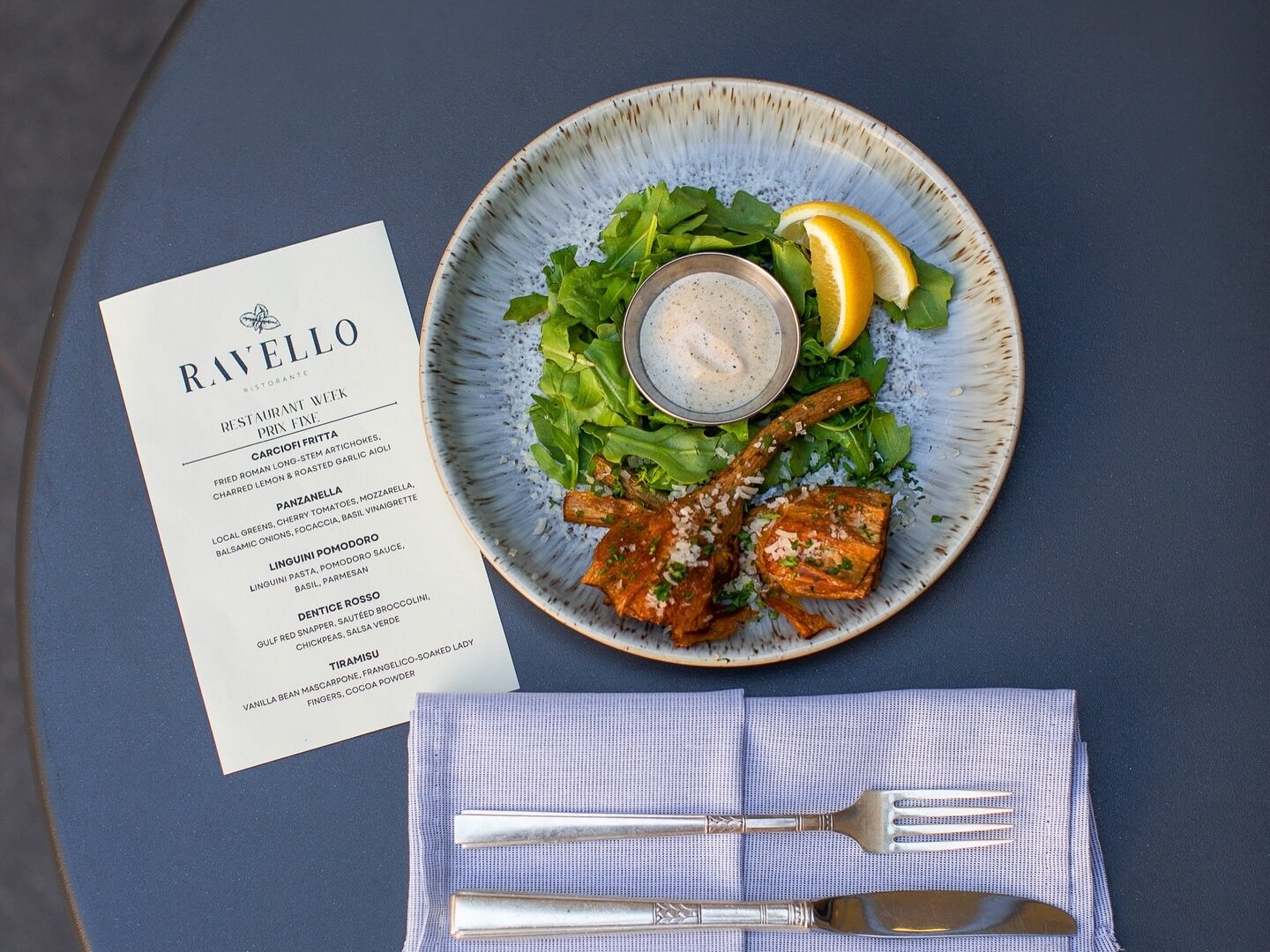Fourth of July and barbecue are soul mates. For many Alabamians, smoke-kissed ribs, pork shoulder, chicken, or beef brisket are as crucial to the celebration as family, fireworks, and flags.
Traditionally, each region in Alabama and other Southern states had its own special approach to barbecue. It wasn’t so much the type or cut of meat or the wood used to cook it, although they play roles. The sauce set them apart.
From the Atlantic coast, through the Carolinas, Georgia, Alabama, Mississippi, and Tennessee, sauces for the local ’cue vary in their degrees of heat and sweet, the relative influences of tomato and mustard, and the amount and type of vinegar they contained. North Alabama’s most famous contribution is tangy and creamy white sauce.
But today’s barbecue is less compartmentalized geographically. Restaurants offer – and often bottle for home use – a variety of sauces representing several barbecue bastions.
Award-winning pitmaster Rodney Scott’s restaurants make vinegary Carolina-style Rodney’s Sauce, tomato-forward Other Sauce, sweet Kathy’s Sauce, and one inspired by Alabama white sauce.
Each style has dedicated fans. But for those still discovering the many flavors of regional barbecue, here is what to expect from the sauces that set them apart.
North Alabama white
Invented at Big Bob Gibson’s Bar-B-Que in Decatur with Miss Myra’s Pit Bar-B-Q in Vestavia Hills helping spread the gospel, Alabama white sauce is now iconic throughout the barbecue world. Pit masters from other states make sure they have a white sauce when they open an Alabama outpost. Perfect for dipping or dunking chicken, its use is spreading to other smoked and barbecued meats.
Miss Myra’s version combines mayonnaise and white vinegar, seasoned with salt and pepper. Big Bob Gibson’s, which dunks its smoky chicken in a vat of white sauce right off the pit, is more complex. It adds horseradish, apple juice, and lemon juice to the standard mayo-vinegar base.
Central Alabama red
Sweet, spicy, and tangy tomato-based sauces are the standard for barbecued pork in Alabama. But not all red sauces are alike, says Van Sykes, the second of three generations to work the pits at Bob Sykes Bar-B-Q in Bessemer. In central Alabama, mustard plays a significant role in sauces at old-school ’cue joints like Sykes (founded in 1957) and Dreamland Bar-B-Que (founded in Tuscaloosa in 1958).
“Daddy invented it,” Van Sykes once told me when asked to define the region’s prototypical sauce. “It’s different from north Alabama. He made his a little thicker, used more tomato paste and less vinegar. Very little sugar. Mustard is essential. Every good Southern sauce should have mustard.”
Central Tennessee/North Carolina
Pat Martin practices the traditional but now relatively rare art of whole-hog barbecuing at Martin’s Bar-B-Que Joint, which is based in Tennessee but includes a location in Vestavia Hills’ Cahaba Heights neighborhood. At Martin’s, pigs are split and pit-cooked for up to 24 hours (other meats are smoked).
Like their counterparts in North Carolina, the Nashville-area pitmasters who taught Martin preferred vinegar-based sauces for their power to cut through the fatty pork. But there are regional differences.
“We use cider vinegar whereas in east North Carolina they use white vinegar,” he once told me. “Same thing in Lexington-style barbecue in North Carolina. But they do put some tomato in with their vinegar sauce whereas we don’t.”
The red sauce at Birmingham-based Saw’s BBQ leans toward the Carolina style, thin and vinegar-forward.
Upstate South Carolina
Second-generation pitmaster Rodney Scott learned whole-hog barbecue at his family’s place about 50 miles west of Myrtle Beach, S.C. He struck off on his own in 2017, opening his flagship restaurant in Charleston. Now Rodney Scott’s BBQ can be found in three states, including locations in Birmingham, Homewood, and Trussville.
His signature Rodney Sauce adds spicy and tart elements to a thin vinegar base boosted with fresh-squeezed lemon juice. “It’s not an intense vinegar taste,” Scott says. “Mine is a vinegar-pepper sauce, with cayenne added and pepper flakes. You can see the cayenne and pepper.”
Scott mops his hogs with the sauce during the 12-plus-hour cooking process, which both flavors and tenderizes the meat. Once pulled and blended, the pork gets another dousing of sauce.
In South Carolina’s Lowcountry region, however, mustard plays a substantial role in flavoring and coloring local barbecue sauces.
Memphis/Kansas City
Most familiar to those not culinarily blessed to have grown up in the deep South, tomatoes and sugar are the defining ingredients in these sauces. Memphis sauce is thinner than Kansas City-style. The former is ketchup-based with white vinegar, brown sugar, mustard, Worcestershire sauce, and peppers. The latter is spicier and more complex, with crushed tomatoes in addition to ketchup, as well as brown sugar, molasses, apple-cider vinegar, mustard, and peppers.
One other thing about Memphis-style barbecue: The seasoning rubs popular there adds so much flavor that many folks order their ribs “dry,” with no sauce. Cooter Brown’s Rib Shack in Jacksonville specializes in Memphis-style ribs.
[/fusion_text][/fusion_builder_column][/fusion_builder_row][/fusion_builder_container]




